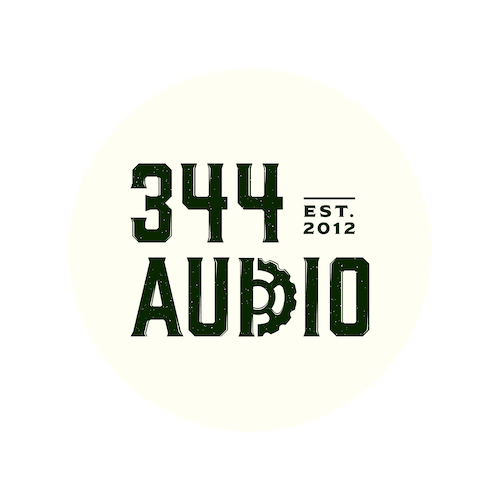


Today on the 344 Audio blog, we’re continuing on from a previous 2 part post about building your own Foley pits. In this article we’ll be diving into the process of constructing a concrete pit for our freshly renovated Foley facilities.
Check out part 1 & 2 of our post:
https://www.344audio.com/post/article-how-to-build-a-d-i-y-foley-pit
Our previous room had some areas for improvement. It was critical for us to eliminate resonance from building materials, and maximize the limited space available by storing props in a variety of ways. We opted for cork board, and wall mounting items and shelves over free standing shelving units (filling any sizeable wall gaps with acoustic panels). These changes freed up more room for performance, more floor space for refreshed surfaces, plus the addition of our new concrete pit. On a basic level, it also helps to keep the room cleaner and free from mess.
Planning is a crucial part of this process. Some important things that informed our early decisions were previous building materials, the size of space available, what the team want/need to be easily accessible, and last but certainly not least, how much room the Foley artist needs to give their best performance.
During our research, we found an incredibly useful resource by Yuri Pridachin of Foley First (read the full article here), which features an in depth run down of his thought process whilst building a foley pit. This post influenced our decision to make the internal shape of the concrete a trapezium to avoid any unwanted resonance and standing waves that occur in a square shaped pit.

The polished & painted concrete floor that our Foley facilities previously had wasn’t fully flat and had potential to colour the sound of surfaces we built onto them. Having a section of rough concrete included in our plans meant that exposing the original floor below worked to our advantage by both removing the need to build a rough surface, and allowing us to flatten the construction area.
Using wood planks that were the desired height, we first built the external square frame, followed the by internal trapezoid. To ensure the frame didn't shift out of place during the concrete pouring and setting we added some additional small wooden pieces connecting the 2 parts of the frame. The final stage before pouring the concrete was to reinforce the frame with rebar to add an extra layer of support. We opted for a 4 x 4 foot surface area to give as much space as possible for performance without the artist or interior surface hitting the side of the pit. This also gave us the added benefit of allowing our other surfaces to be free and open, meaning there's almost no chance of hitting the side of the concrete pit when performing on those too. To give the structure a sturdy and strong border, we went with a nice thick frame.
The combination of building a concrete pit and changing our prop storage has allowed for not only more space, but also further acoustic treatment and efficiency. A good amount of space being available on such a sturdy surface has eliminated our past issues with resonance. Whilst having quick and easy access to a wide number of surfaces, props, and other important accessories speeds up our workflow, and most importantly allows our Foley team to remain focused on performing and capturing the highest quality content.
If you want to learn more about the artform of Foley and designing your own space, check out our Creative Foley Workshop with Pete Burgis. You can find more information about this course here.

344 Audio is an Audio Post Production Company in Manchester.
If you enjoyed this post, discover our Ultimate Guide to Audio Post-Production.
Curious to hear our work? Listen to our portfolio.
Keen to learn more about Foley? Explore our Creative Foley Workshop.
Eager to learn more about Audio Post and Sound Design? Explore our Audio Post Essentials Course.
We also have Pro Tools templates and sound effects available for purchase.